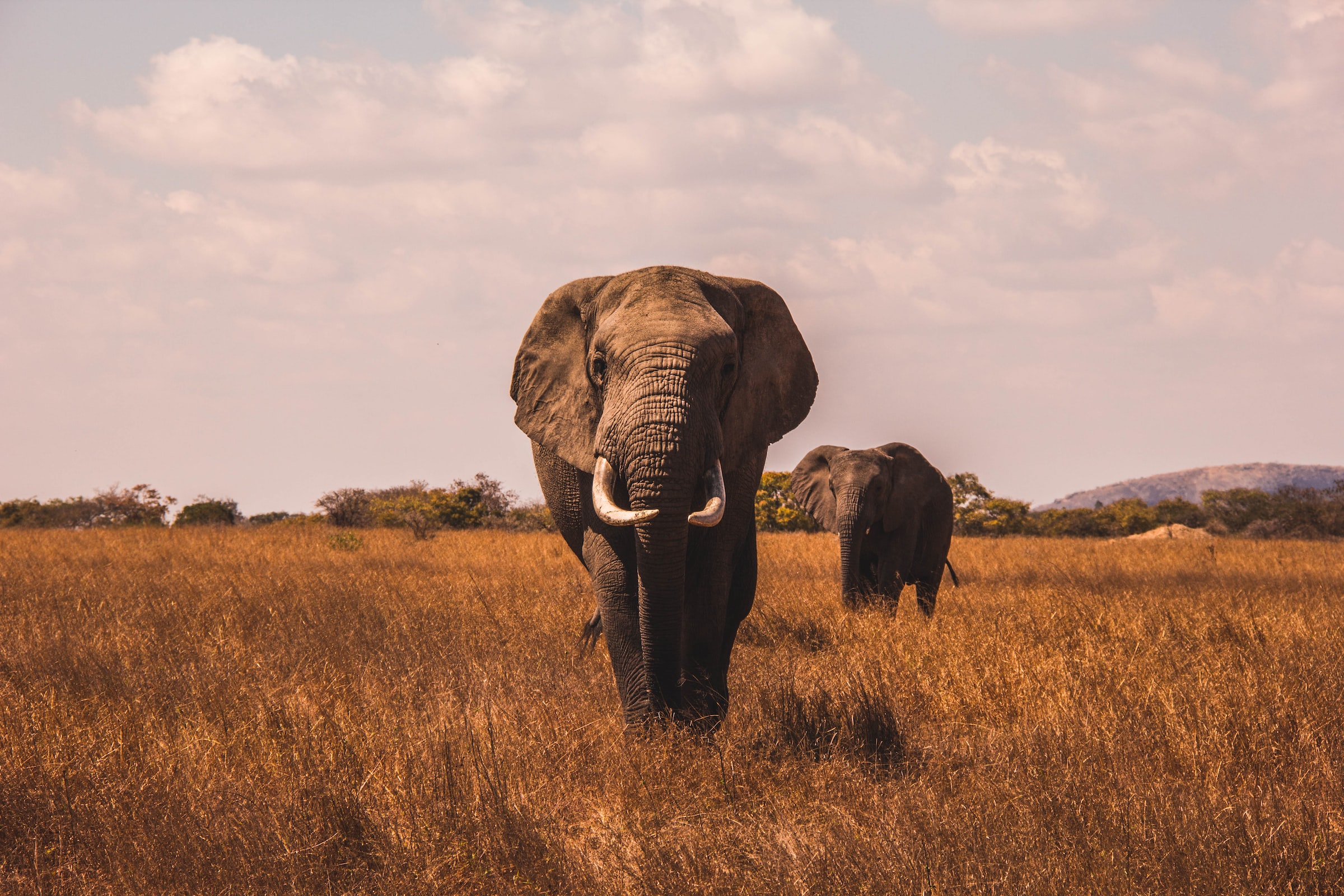


#climate change #Extinction #terminology #Wildlife
Doug Fogelson
The current mass extinction, the sixth in Earth’s history, is unfolding at a rate exponentially faster than the previous five. Species from every corner of the natural world—ranging from microscopic bacteria and fungi to plants, animals, and even megafauna—are disappearing. The primary drivers of our current mass extinction are human activities, including habitat destruction, climate change, overexploitation, and disease. These factors are closely linked to actions like deforestation, agriculture, overfishing, overhunting, pollution of the land, air, and sea, and the introduction of invasive species. This is a global phenomenon, occurring across all regions of the planet.
One powerful way to understand and connect with this loss—and the potential for positive change—is through Maya Lin’s interactive website, “What Is Missing” (via the Action link below). This platform allows users to explore the vast array of species that have already gone extinct or are endangered, learn about the ecosystems they inhabit, and see the solutions being proposed for conservation, restoration, and sustainable energy. The website also invites users to share personal memories of species they’ve encountered and reflect on how the world would look if we embraced these conservation solutions, offering a hopeful vision of a more sustainable future.
The rate of extinction of species during the current mass extinction is estimated to be 100 to 1,000 times higher than the background extinction rate.